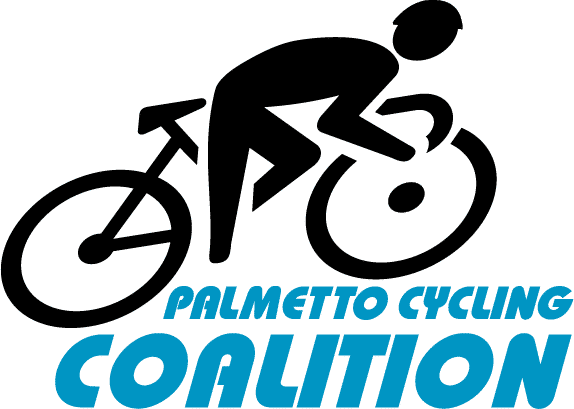NACTO is here! WHERE did it land?!
Written with the assistance of Greenville and Columbia planners E. Kinney and J. Fellows, and Spartanburg’s advocate N. Barrett.
If you want a story to inspire you this week, this is it.
Within the past 2 years, a few cities in South Carolina decided they would do something unique in how they design their streets. They changed some street designs in a way SCDOT isn’t ready for them to do. But they’re on city owned streets, so they achieved it pretty quickly. Unique to the entire state of South Carolina, so far. One city, Spartanburg, has had their plan in the works for years now, and continues to negotiate with SCDOT and their city, because part of theirs is on a state owned street.
First, it’s important to point out that public streets are any city’s largest real estate holding. That’s why it’s important when a city does something unique to its streets. Because we spend so much of our public life in our streets, we always notice when changes are made to them. Each of these changes are not yet SCDOT approved designs (we aim now to change that), but they are endorsed by the Federal Highway Administration, and initially created by a national design consortium called NACTO (National Association of City Transportation Officials), so while new, they have been vetted and approved at the federal level as safe. We just think they’re awesome:


ONE. Columbia is the first in the state to have this raised pedestrian tabletop intersection AND green painted bike lane. Late in 2016, Columbia’s Greene Street, Foundation Square was installed after being one of the key recommendation of the Innovista Master Plan adopted by the City of Columbia in 2007. This master plan envisioned a table top pedestrian intersection integrated with four plazas on each of the four corners of the intersection. This table top design is the first of its kind in SC. The square was designed to have four quadrants: a stage, gathering areas (fountains, sculpture, and plantings), a series of steps and a larger lawn area for gatherings, and fountains and a more gathering area for the Colonial Life arena. The design of the table top intersection reduced 5 lanes to 3, while increasing the width of sidewalks and adding bike lanes. Within Foundation square and the intersection pedestrians, bikes, and vehicles are at the same level. This type of raised intersection creates and encourages a slower speed of vehicles. Separation does not occur through curbs, but rather through trees, green infrastructure, and material color change. Bike lanes go through the table top intersection, and advance stop bars are marked within the pavement design to allow for the cyclist to be in front of vehicles. The bike lane is painted green, including through the intersection for increased visibility.


TWO. Greenville is the first in the state to have this buffered bike lane, as of March 28, 2017, which will eminently be the first in the state physically protected bike lane, as soon as the bollards arrive. In May of 2016 the City of Greenville’s Bikeville Initiative teamed up with Bike Walk Greenville and other volunteers to design and build a temporary separated bike lane. Led by the City’s Senior Landscape Architect, an all-volunteer crew sited and striped the lane and parking stalls with chalk-string, tape measures, and temporary marking tape. Posters and informational signage were secured throughout the site to inform the public. After several months of study by the city’s traffic engineering department, the temporary bike lane was determined to have had no negative impacts on pedestrian or vehicular flow. Because of this, and with approval from other city departments, the city’s traffic department made the lane permanent with traffic-grade thermo-plastic striping and bollards. This unique configuration, which uses parked cars as the buffer between cyclists and moving traffic, is the first example in the city of Greenville.



THREE. Spartanburg’s Mary Black Trail extension, a future series of protected bike lanes, may have been the first to have their plans drawn out, but it is not on the ground yet. With mixed state and local ownership of the half-mile connection between the Mary Black Foundation (MBF) Rail Trail and Barnet Park, the approval process has taken several months of the back-and-forth between SCDOT, the City of Spartanburg and Toole Design Group, the firm designing the segment. The idea is to recreate the feel of the protected, multi-use MBF Rail Trail to encourage more users to get out and be active. These sections are yet to be built, but they are highly likely to be built, once negotiations and paperwork can be finalized. Spartanburg’s local advocacy organization, Partners for Active Living, was the group responsible for initiating this project with the City of Spartanburg.
